Forming Relationships
This may sound crazy but even this far north, winter isn’t a bad time to admire the garden. With leaves and flowers a memory of the past season and a hope for the coming season, the garden is reduced to its bare bones. Not that the wintry scene need be dull or bleak. Good bones give structure to the landscape, knitting it together in some places, dividing it up in others, framing vistas, and providing firm footing for the eyes (figuratively) and feet (literally). Even now.
Three-dimensional forms are what give structure to a landscape. A house usually is the most obvious mass jutting up into space on a property. Too often it’s the only structural element, feebly tied to the landscape with some gumdrop-shaped junipers or yews standing, as if guarding, the foundation.
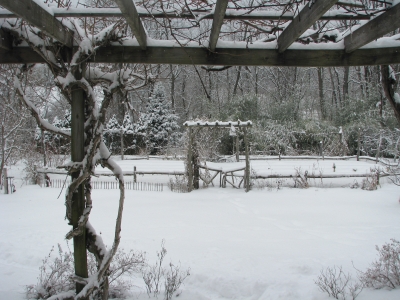 I have effected a relationship between my yard and my house by building a grape arbor out from the rear wall, then enclosing the ground beneath this arbor with a brick terrace (my house is also brick) edged with a low hedge of potentilla. Similarly, the stone wall supporting what previous were slopes at the front and side of my house flow into the landscape with a contiguous stone wall sweeping out across the yard. Read more
I have effected a relationship between my yard and my house by building a grape arbor out from the rear wall, then enclosing the ground beneath this arbor with a brick terrace (my house is also brick) edged with a low hedge of potentilla. Similarly, the stone wall supporting what previous were slopes at the front and side of my house flow into the landscape with a contiguous stone wall sweeping out across the yard. Read more


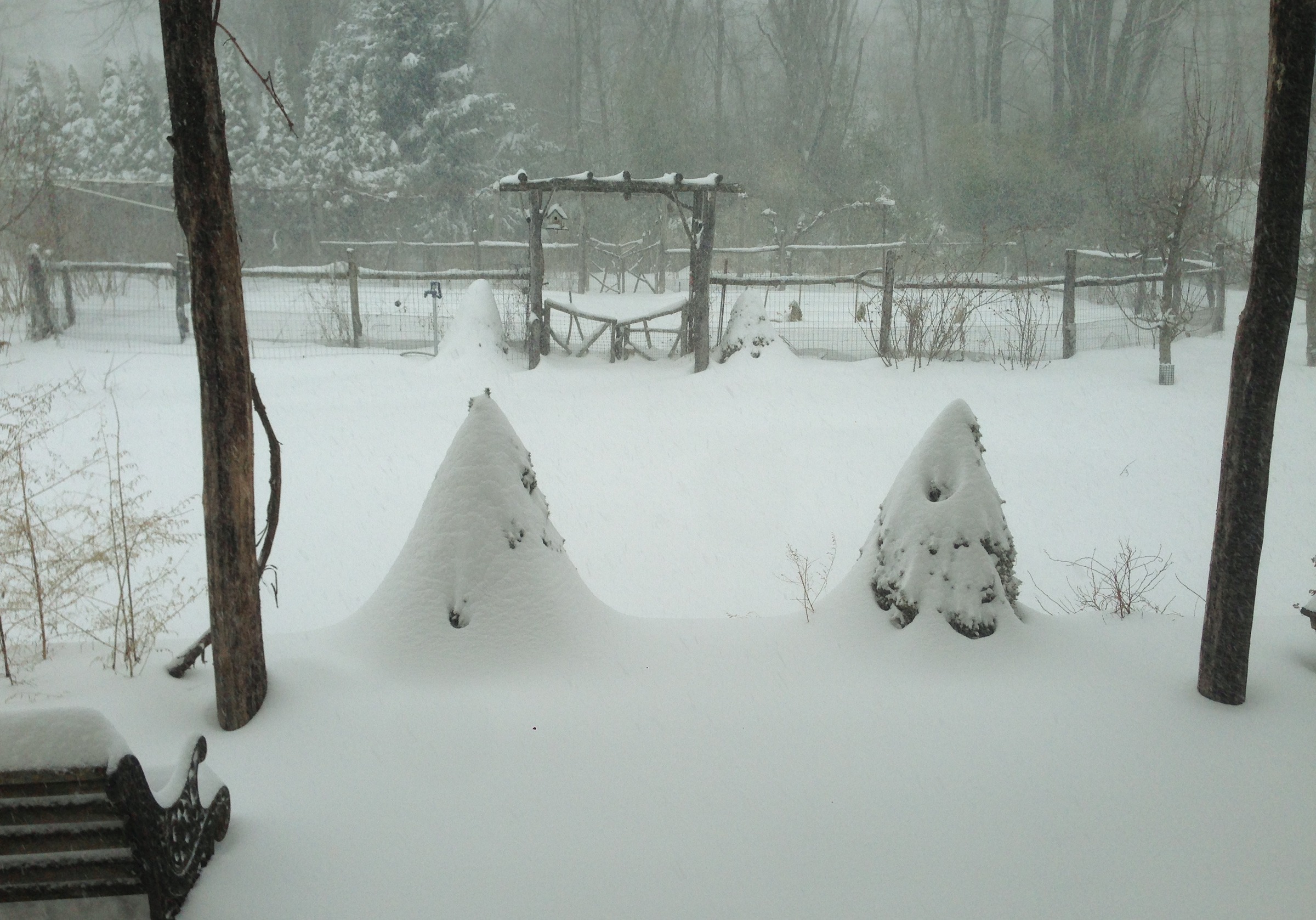

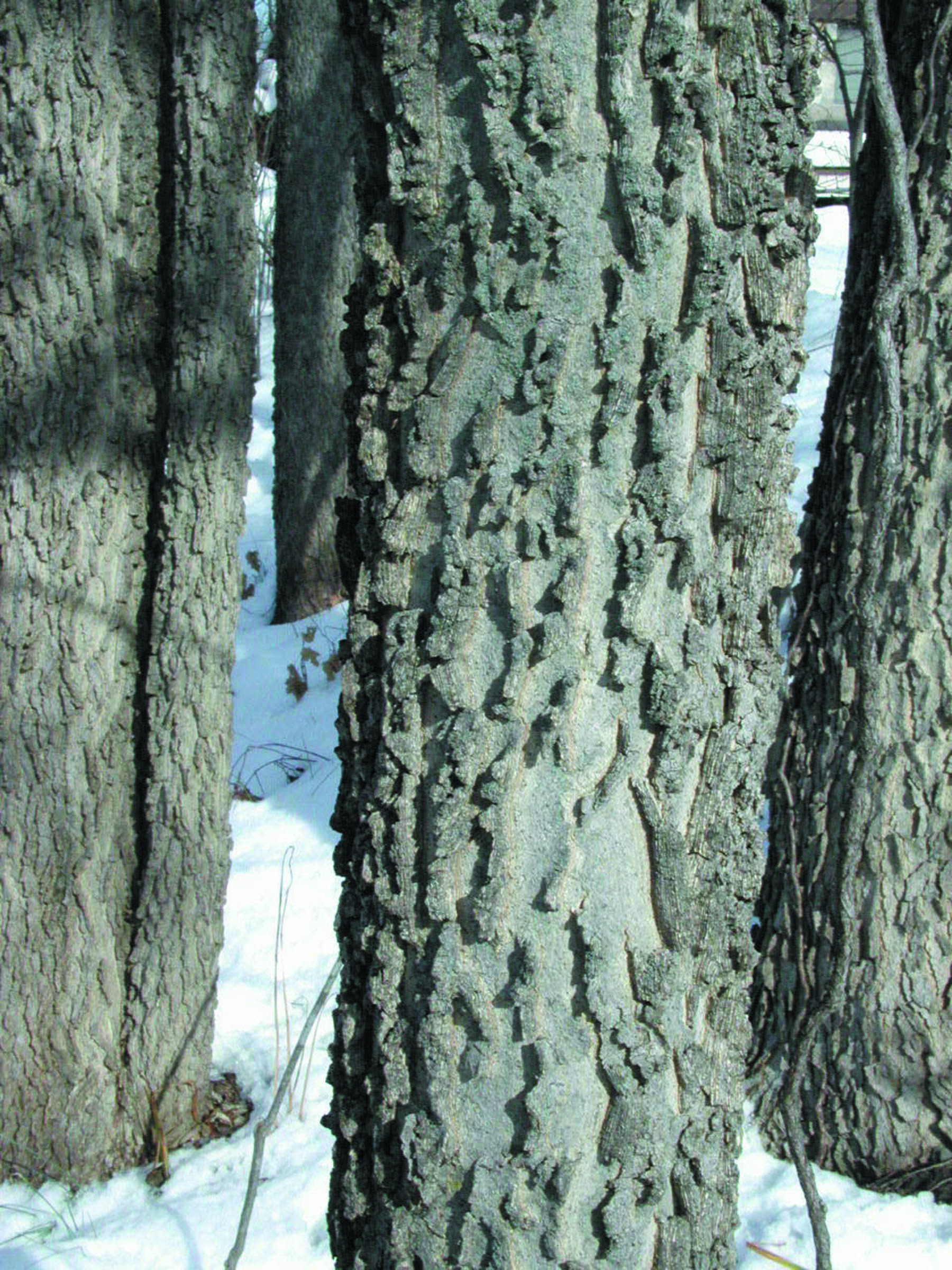
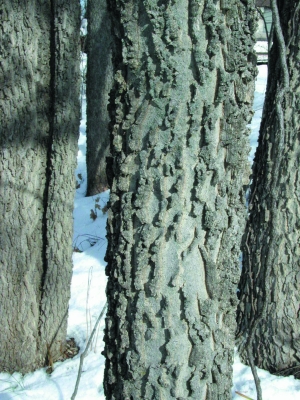
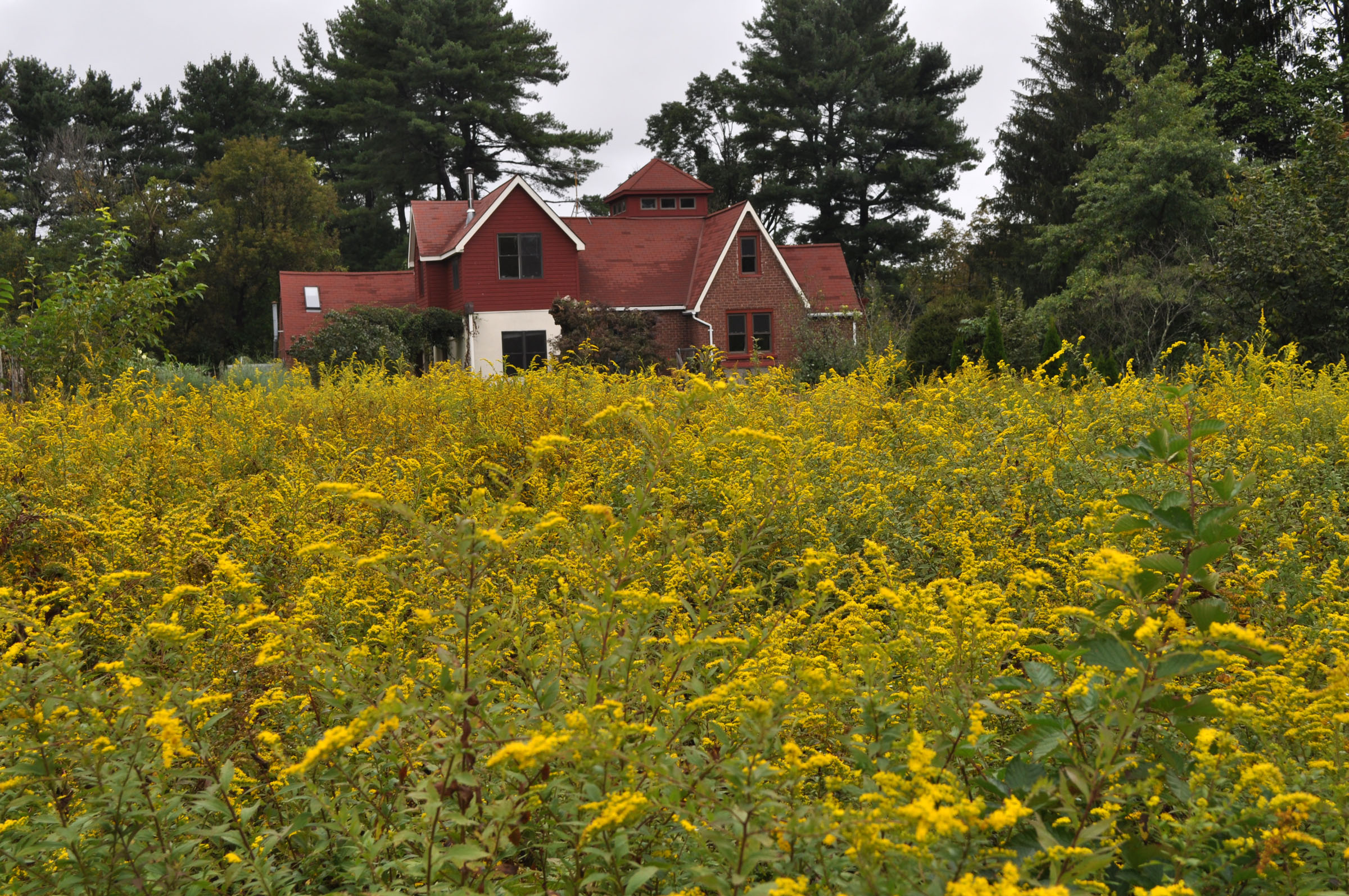
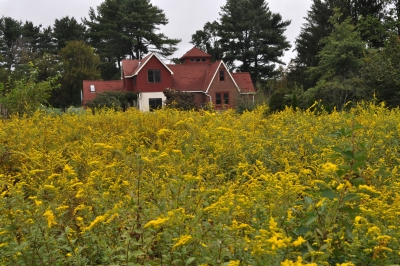
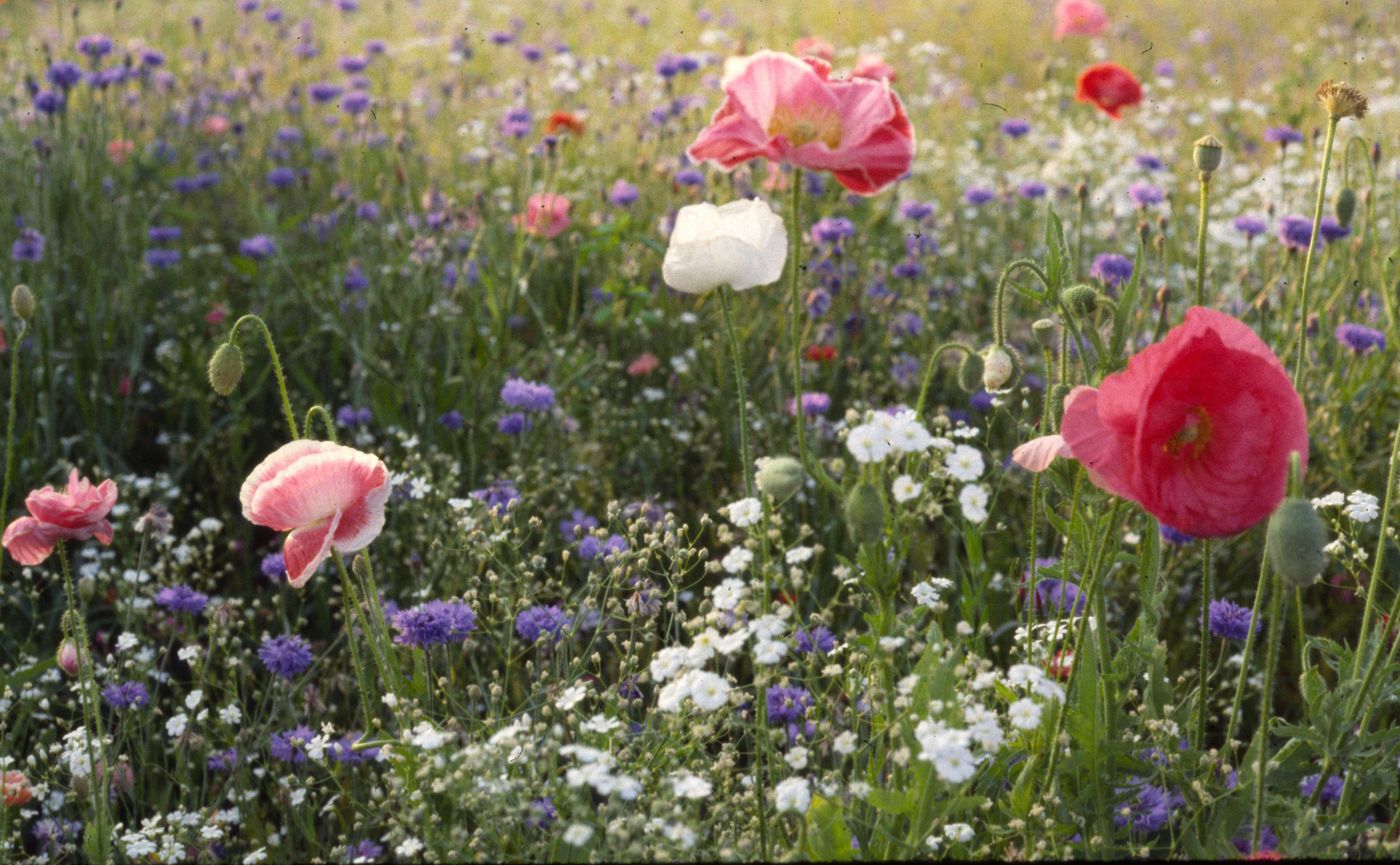
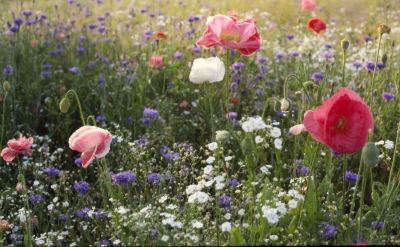
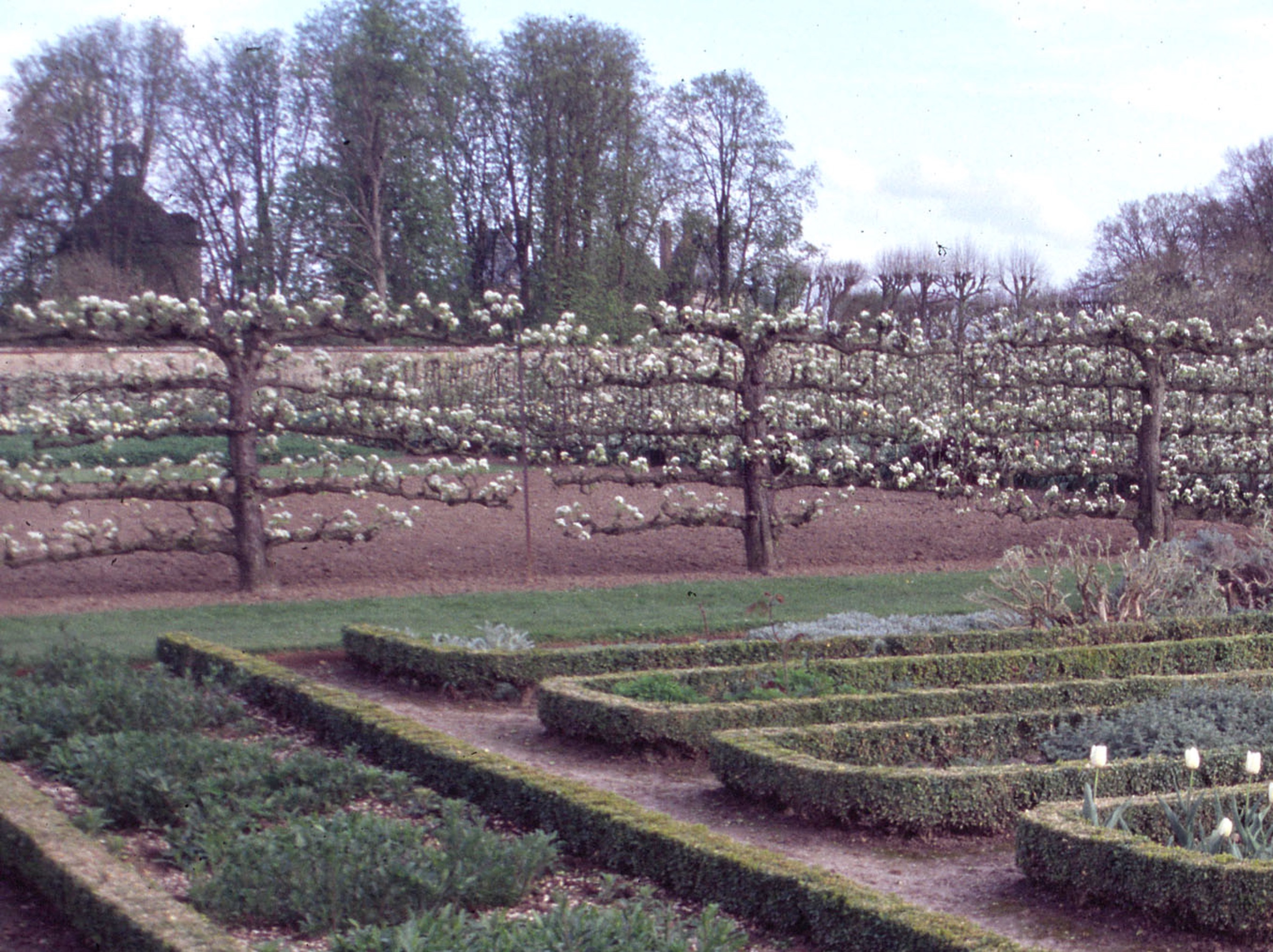
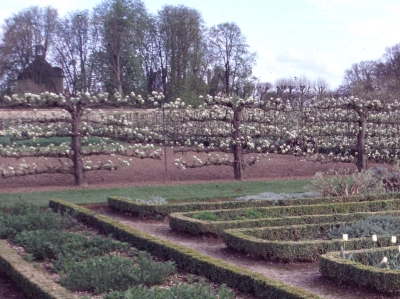
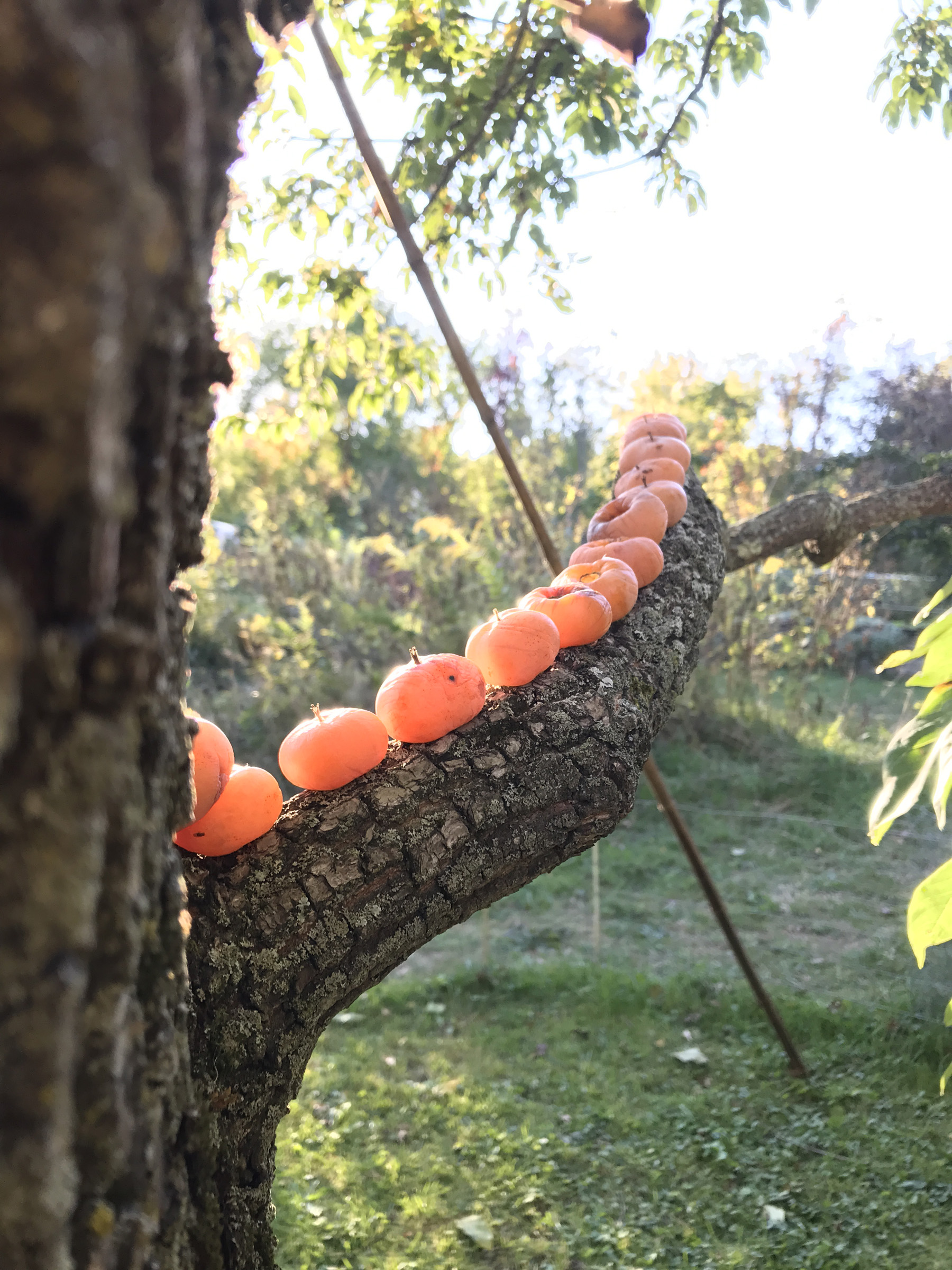

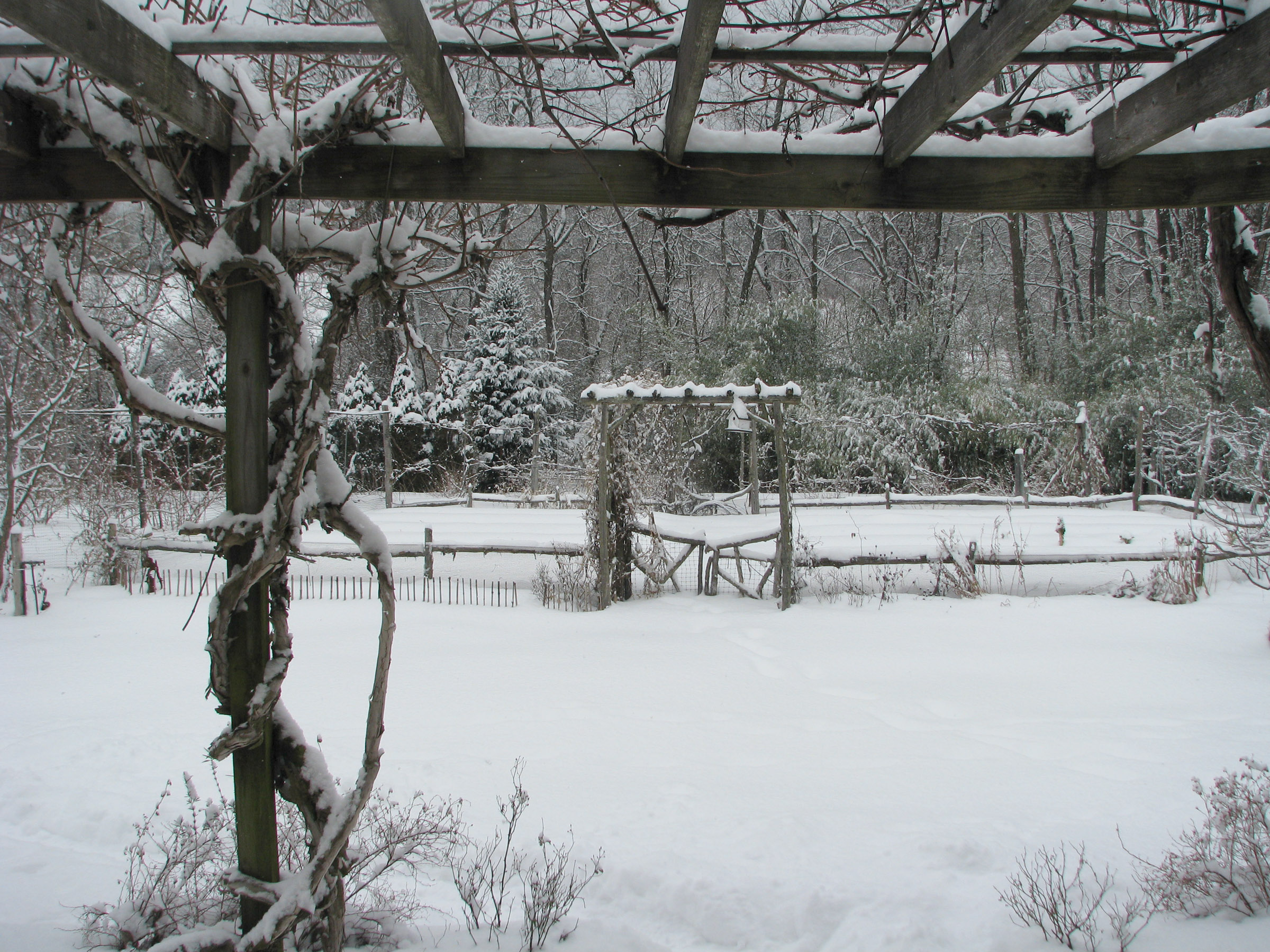
 I have effected a relationship between my yard and my house by building a grape arbor out from the rear wall, then enclosing the ground beneath this arbor with a brick terrace (my house is also brick) edged with a low hedge of potentilla. Similarly, the stone wall supporting what previous were slopes at the front and side of my house flow into the landscape with a contiguous stone wall sweeping out across the yard.
I have effected a relationship between my yard and my house by building a grape arbor out from the rear wall, then enclosing the ground beneath this arbor with a brick terrace (my house is also brick) edged with a low hedge of potentilla. Similarly, the stone wall supporting what previous were slopes at the front and side of my house flow into the landscape with a contiguous stone wall sweeping out across the yard. 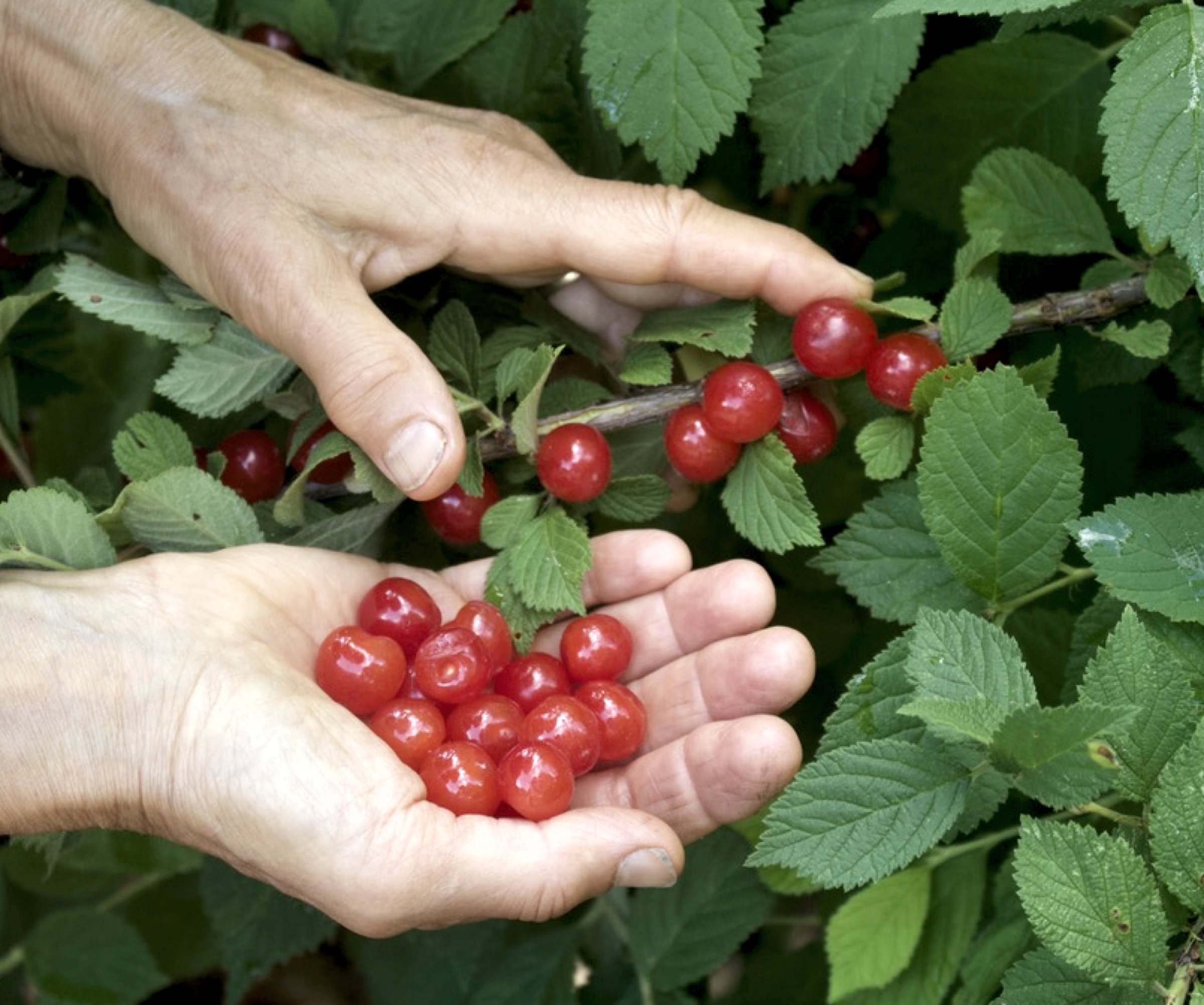
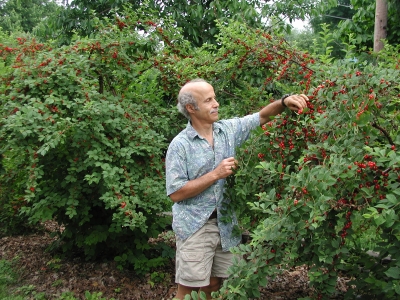
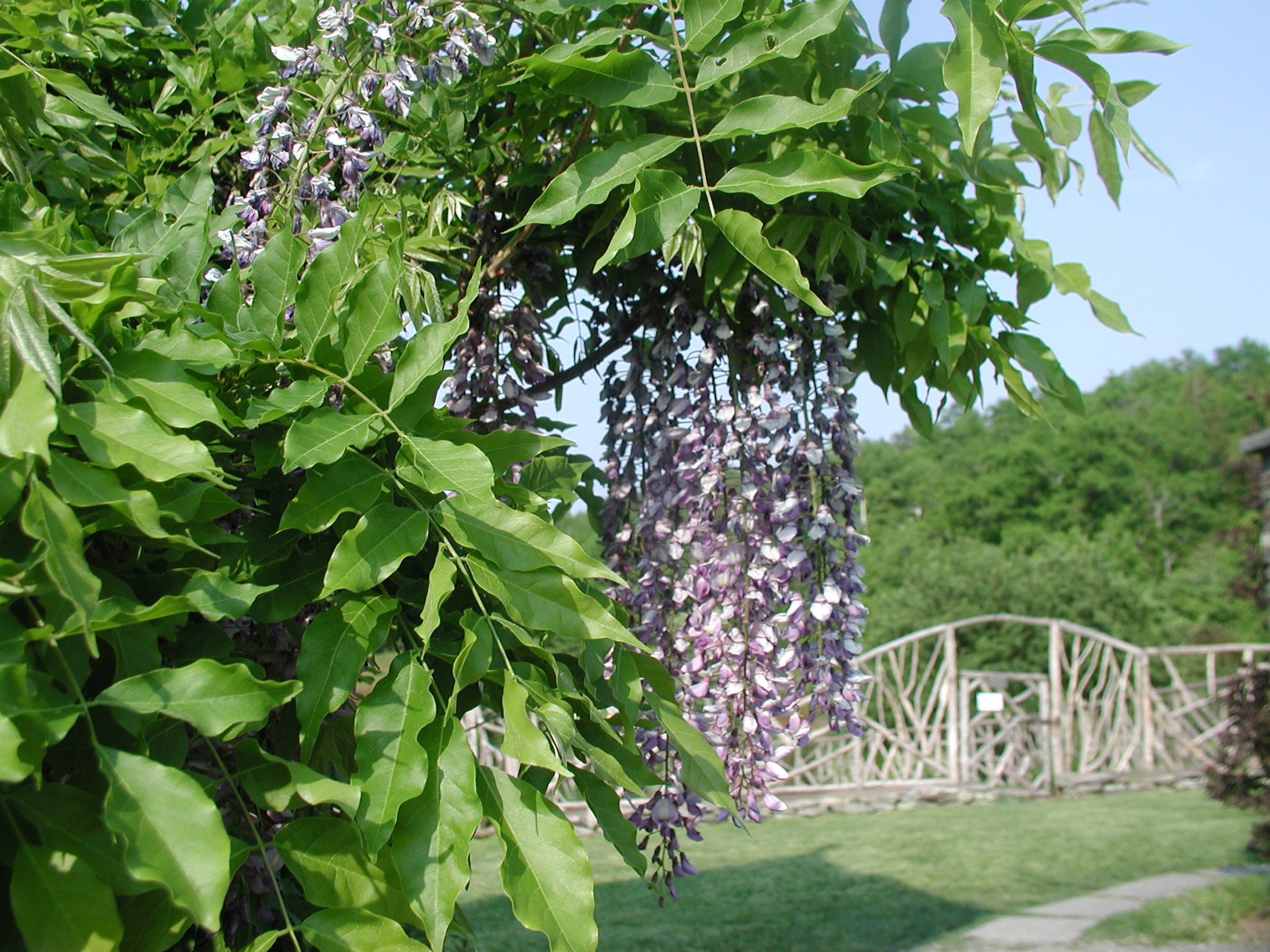
 But I’ll keep in mind a common complaint people have with wisteria: The frustration when a wisteria plant is all shoots and no flowers!
But I’ll keep in mind a common complaint people have with wisteria: The frustration when a wisteria plant is all shoots and no flowers!